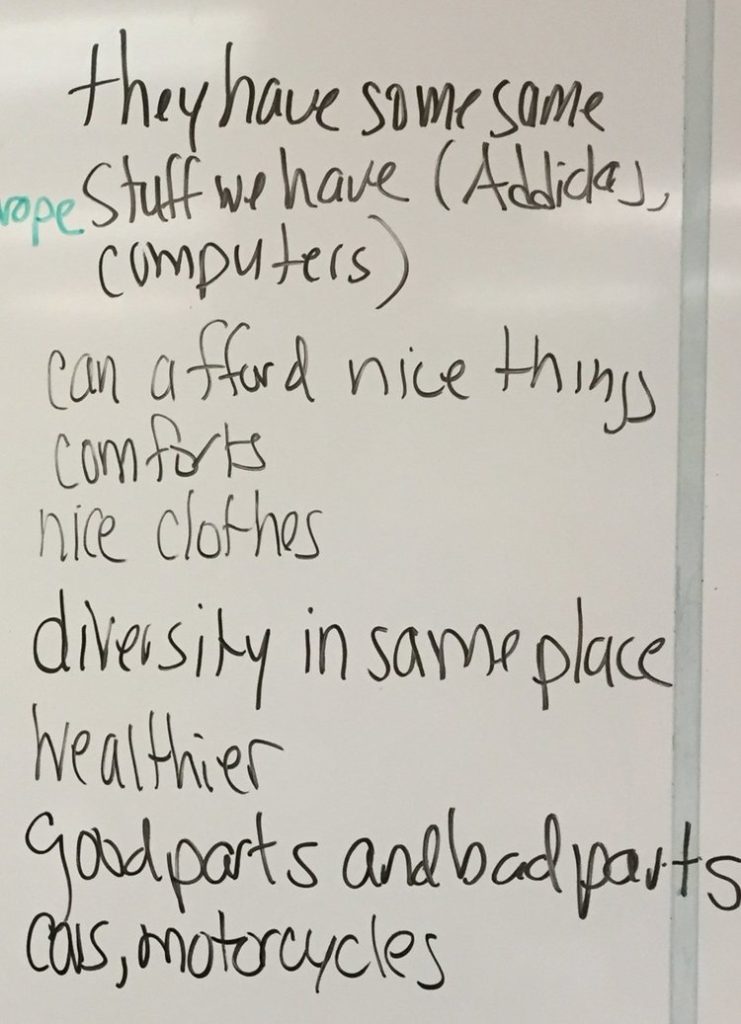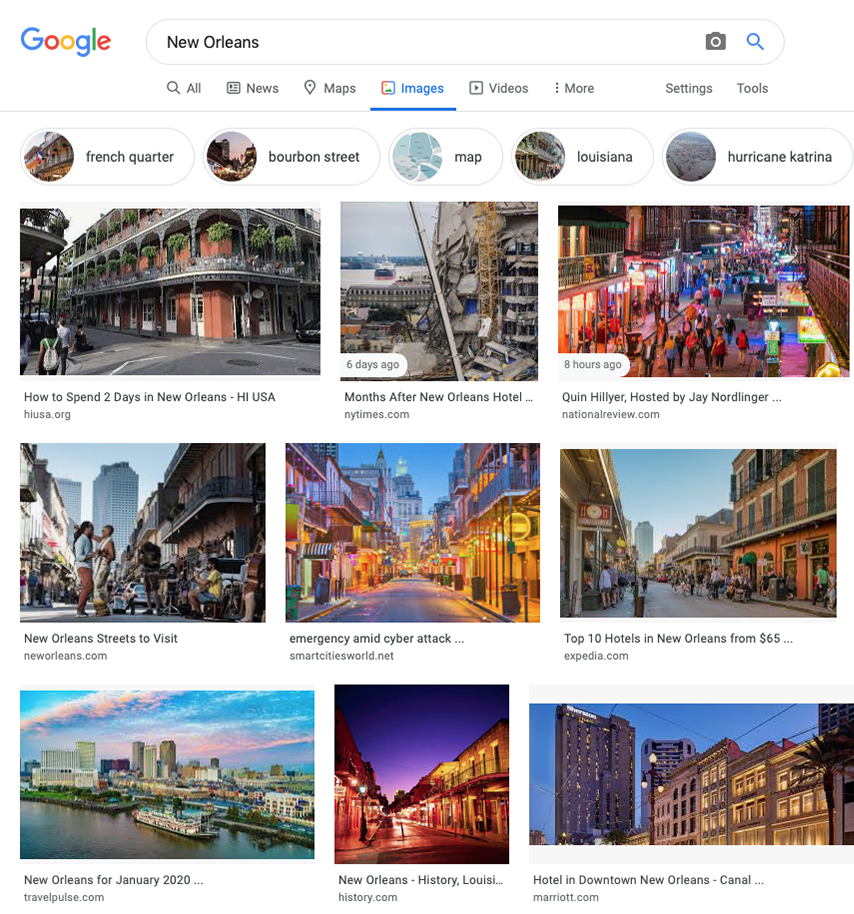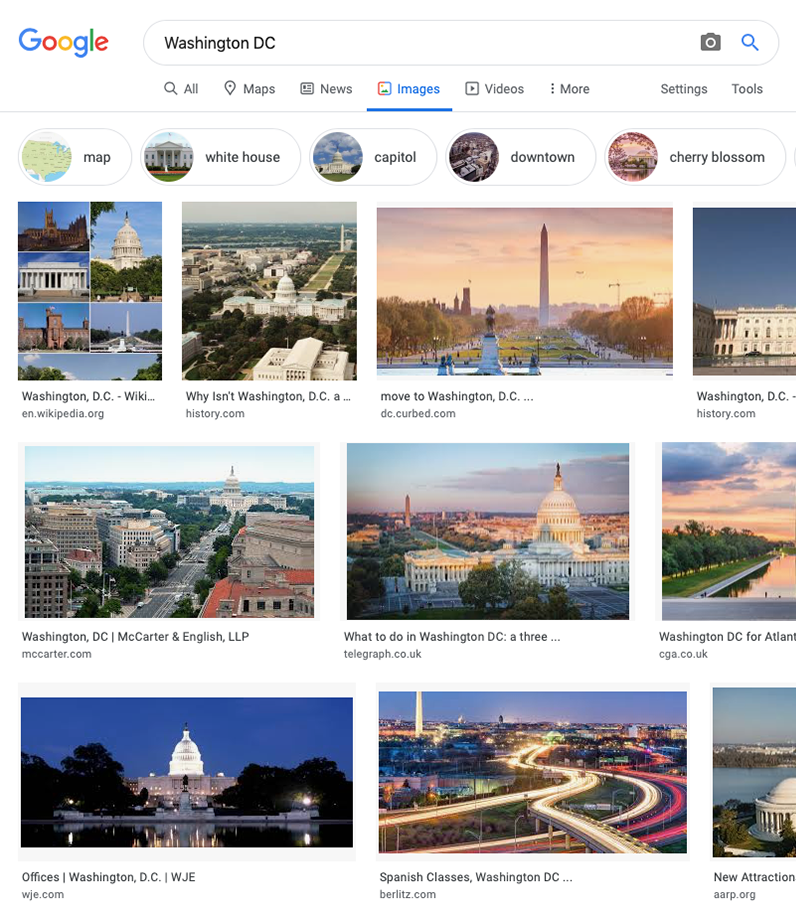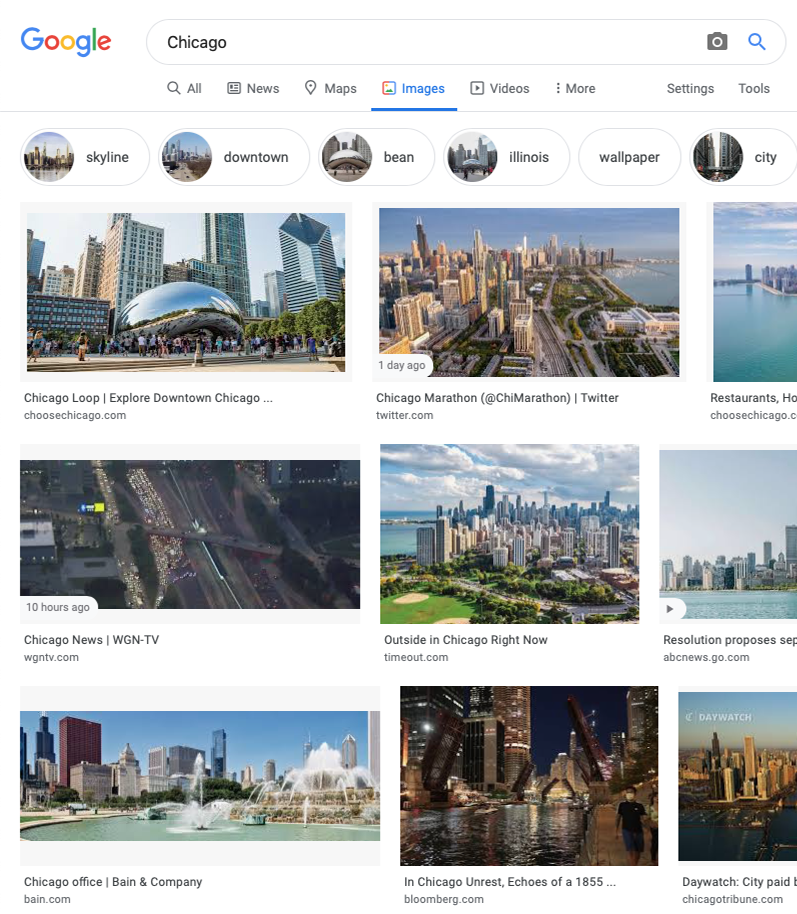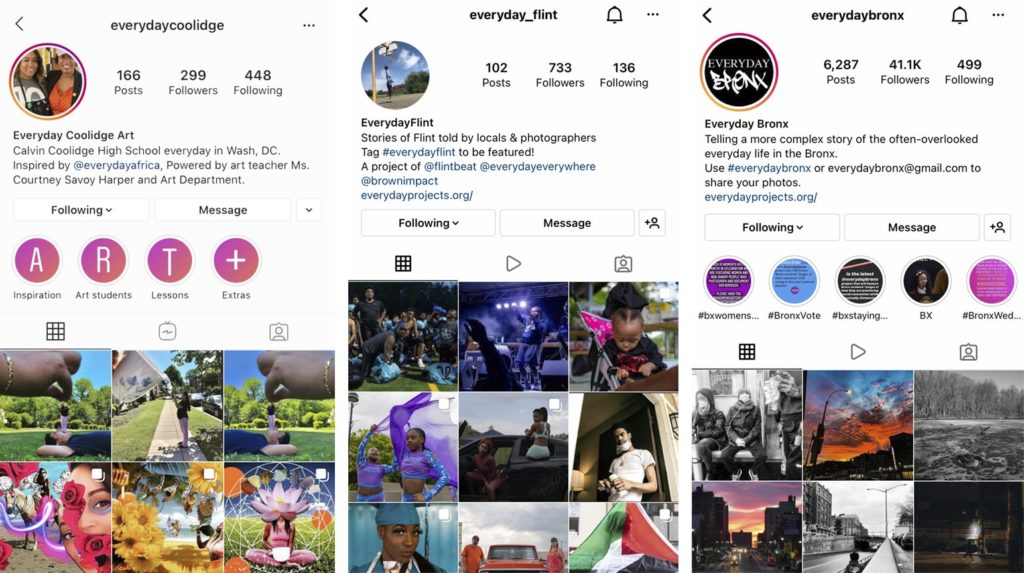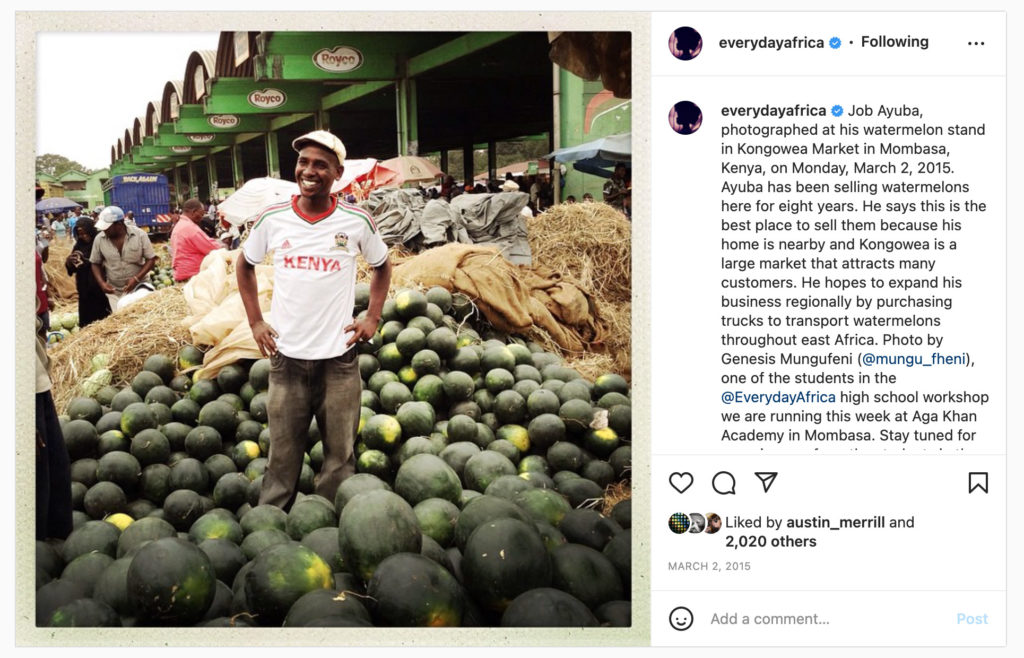❖ Teacher Notes
❖ The creation of your class Everyday project can take numerous forms. A public exhibition of the students’ work — held at school or at a local community center — is a crucial part of the curriculum, and should be considered the main creative output, if holding an exhibition is possible. Depending on your bandwidth and school budget, this can be as simple as student photographs printed on plain paper and hung on a classroom wall, or it can be professionally printed and framed student photography, displayed at a local art gallery (or anything in between). Have a look at the Exhibition Guide that we put together to help in this process. There are some decisions about your exhibition that you will want to make early on in this process, including where to hold your class exhibition, how to display the photography, and more.
❖ Through the creation of the exhibition the students will learn numerous storytelling and critical thinking skills, and will have to apply what they have learned about stereotypes and misperception. The unit builds toward the final exhibition by asking the students to think not only about how they make their photographs and put together their own personal projects, but how they sequence them with the photographs of others, all working toward the goal of telling a powerful and nuanced story about their community. The exhibition will also be an opportunity for other people — their friends, peers, parents, and other members of their community — to come see and interact with their work.
❖ Another helpful resource may be for you to view these blog posts from the Pulitzer Center and their very successful Everyday DC project. These two posts touch on the process of many schools working together to curate and hold an exhibition, themes that students wanted to include, and more. See Everyday DC: The 2nd Annual Photography Exhibition and Virtual Gallery: The Fourth Annual Everyday DC Exhibit.
❖ “Everyday [Your School/Town]” could become a visual art project at the school that students work on every year, perhaps in conjunction with the school’s yearbook or newspaper, perhaps augmented with a presence on Instagram. The creation of an Instagram feed could give life to the project that goes beyond your initial group of students and their work with the curriculum. This is an invitation to your students to join the global community of storytellers that make up The Everyday Projects. Some Instagram accounts, like @everydaycoolidge, are run by a teacher or teachers and continue to showcase the work and life of their students/school. Others, like @everyday_flint or @everydaybronx, started as student projects, and then evolved to become projects led by a group of local photographers. Starting your own Instagram feed could also potentially lead to your students’ work being featured as re-posts on @everydayeverywhere or another official Everyday account (see the Everyday Africa / Everyday Mombasa example below). If you want to start an Instagram feed, have a look at this Instagram Guide with a few things for teachers to consider if starting a school or classroom Instagram account, and this Starter Guide that we distribute to anyone launching a new Everyday project.




